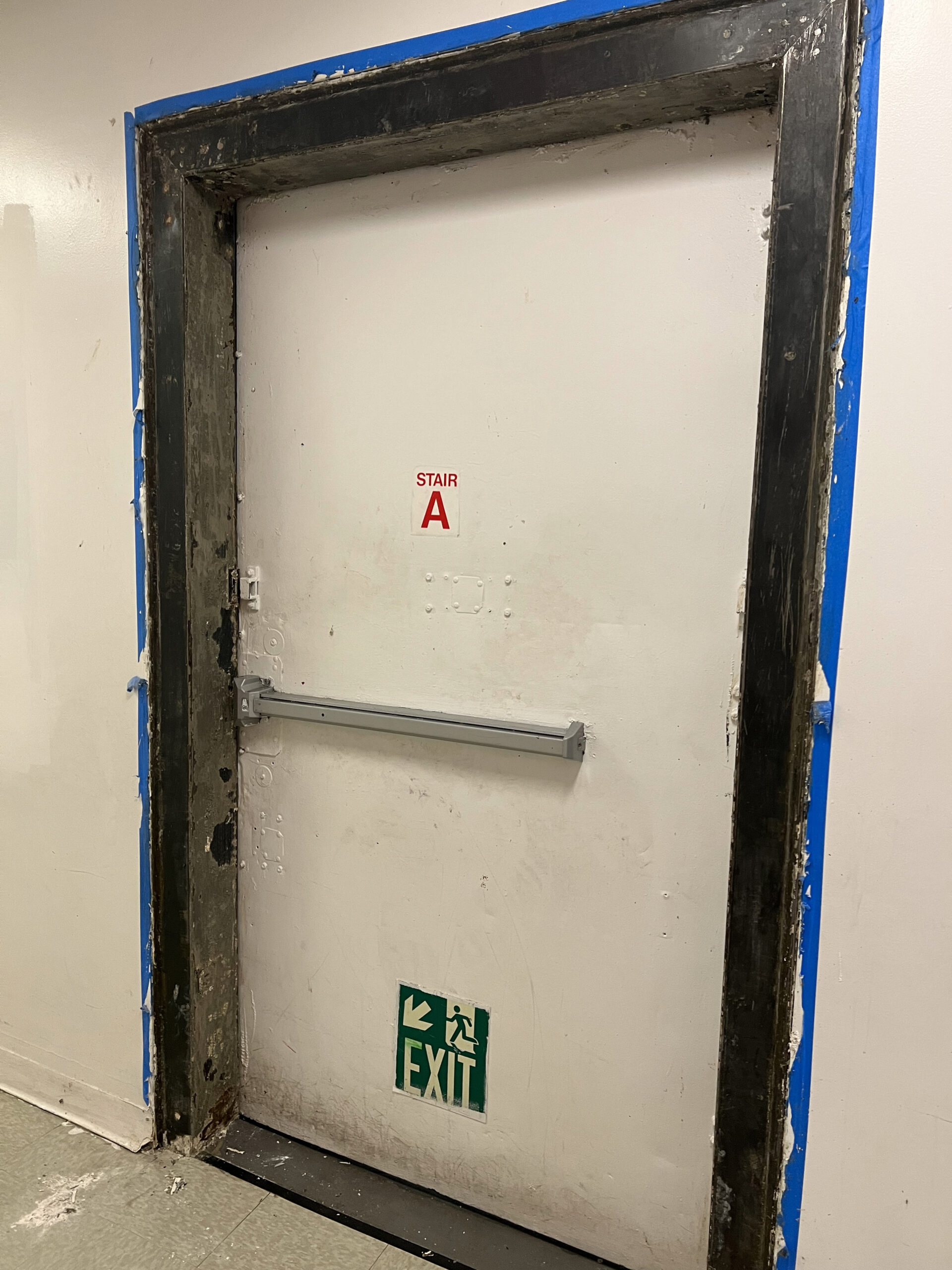Comprehensive Lead Paint Removal Service in NYC-- Licensed and Licensed
Comprehensive Guide on Effective Lead Infraction Elimination Methods
In the world of environmental safety and security, dealing with lead infractions requires a thorough and organized technique. This extensive overview begins by highlighting the important preliminary steps of recognizing lead dangers via innovative assessment and screening approaches. The guide elaborates on the relevance of sticking to stringent security procedures during the elimination procedure, including the usage of appropriate PPE and separating influenced locations.
Recognizing Lead Hazards
Identifying lead threats is a vital first action in reducing the threats related to lead direct exposure. Lead, a hazardous steel, can be present in numerous ecological mediums, consisting of paint, dirt, water, and dust. It positions severe wellness risks, especially to youngsters and pregnant ladies, bring about neurological damage and developing hold-ups. Precise identification of possible lead sources is essential for reliable remediation.
The initial stage in identifying lead dangers involves understanding common lead sources within the built atmosphere. Structures built prior to 1978 are specifically susceptible as a result of the prevalent use lead-based paint throughout that period. Furthermore, dirt contamination can occur from degrading exterior paint, industrial exhausts, or historical usage of leaded gasoline.
Another substantial source is lead piping and pipes fixtures, which can seep introduce alcohol consumption water. Consumer items such as playthings, ceramics, and imported items may likewise have unsafe lead degrees. Especially, work-related environments and leisure activities entailing lead can track contaminants into homes.
Assessment and Screening
When resolving lead threats, reliable assessment and screening are critical. First analysis normally includes an aesthetic examination to recognize potential lead sources, such as degrading paint or polluted dust.

Dirt clean tasting is an additional critical method, particularly in property settings. By gathering samples from floorings, windowsills, and various other surfaces, this method supplies insights right into possible exposure risks. Soil testing around structure perimeters is crucial to identify lead contamination that could posture hazards, particularly to children.
Safe Removal Procedures
Upon finishing detailed evaluation and testing, implementing risk-free removal treatments is the next critical stage in addressing lead threats. This process guarantees that lead-contaminated products are efficiently and safely removed, lessening more helpful hints threat to both workers and homeowners. The first step includes isolating the damaged area using plastic sheet and proper sealing techniques to stop the spread of lead dust.
Workers have to put on proper individual protective tools (PPE), consisting of respirators, gloves, and non reusable coveralls, to reduce exposure. Employing specialized devices and damp approaches, such as damp fining sand or making use of HEPA-filtered vacuum cleaners, lowers the diffusion of lead fragments. It is essential to prevent completely dry sanding or unpleasant blasting, as these methods can generate damaging lead dirt.
Waste disposal is an additional essential component; all infected products have to be securely landed and labeled according to EPA and neighborhood guidelines. Additionally, extensive cleaning of the workplace with HEPA vacuums and damp cleaning ensures the important site elimination of recurring lead bits.
Post-Removal Confirmation

Confirmation of effective lead elimination, referred to as post-removal confirmation, is necessary to make certain the safety and habitability of the remediated location. This process includes a series of thorough analyses and tests made to spot any residual lead particles that may present health risks. The first step usually consists of an aesthetic examination to analyze the conclusion and top quality of the removal job. This evaluation ensures that all known sources of lead have been addressed which no noticeable signs of contamination remain.
Complying with the aesthetic assessment, ecological tasting is performed. This involves accumulating dust, dirt, and often water examples from the remediated location. Certified research laboratories analyze these examples to measure lead degrees, guaranteeing they drop below the safety thresholds developed by governing bodies such as the Environmental Defense Firm (EPA)
In addition, air top quality screening may be executed to discover airborne lead particles, especially in situations where comprehensive lead-based paint elimination or restoration has taken place. The results of these examinations supply quantitative data confirming that the lead degrees are within permitted limits.
Eventually, post-removal verification acts as an important checkpoint, verifying the effectiveness of the lead reduction efforts and guarding the health and wellness of residents and visitors.
Preventive Actions and Upkeep

A vital preventative step consists of the use of lead-safe licensed specialists for any renovation, fixing, or paint activities. These professionals are learnt techniques that minimize lead dirt and debris. Additionally, keeping colored surfaces to prevent chipping or peeling off is essential, as degrading paint can launch lead particles right into the setting.
Educational initiatives targeting residential property owners and tenants regarding the dangers of lead and the relevance of reporting any kind of potential threats can even more improve precautionary initiatives. Regular cleaning making use of HEPA vacuums and damp wiping techniques can significantly reduce lead dust build-up.
Final Thought
In summary, effective lead offense removal necessitates a careful technique incorporating comprehensive assessment, specific screening, and rigid elimination procedures. Ensuring security through proper seclusion and individual safety equipment remains critical. Post-removal verification through ecological tasting and air top quality testing confirms compliance with well-known safety standards. Continuous examinations and maintenance are important to minimize future lead dangers, therefore safeguarding public wellness and ensuring continual compliance with governing demands.